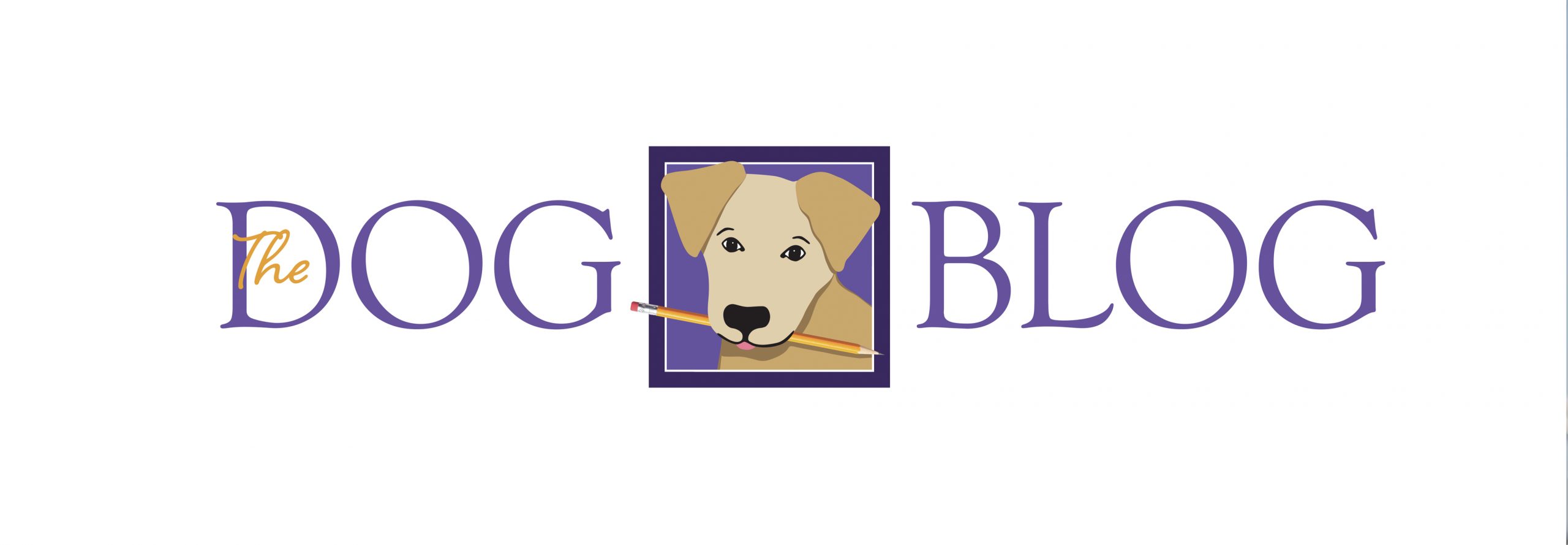
Ask the Vet: 5 Ways to Prevent Dog Obesity
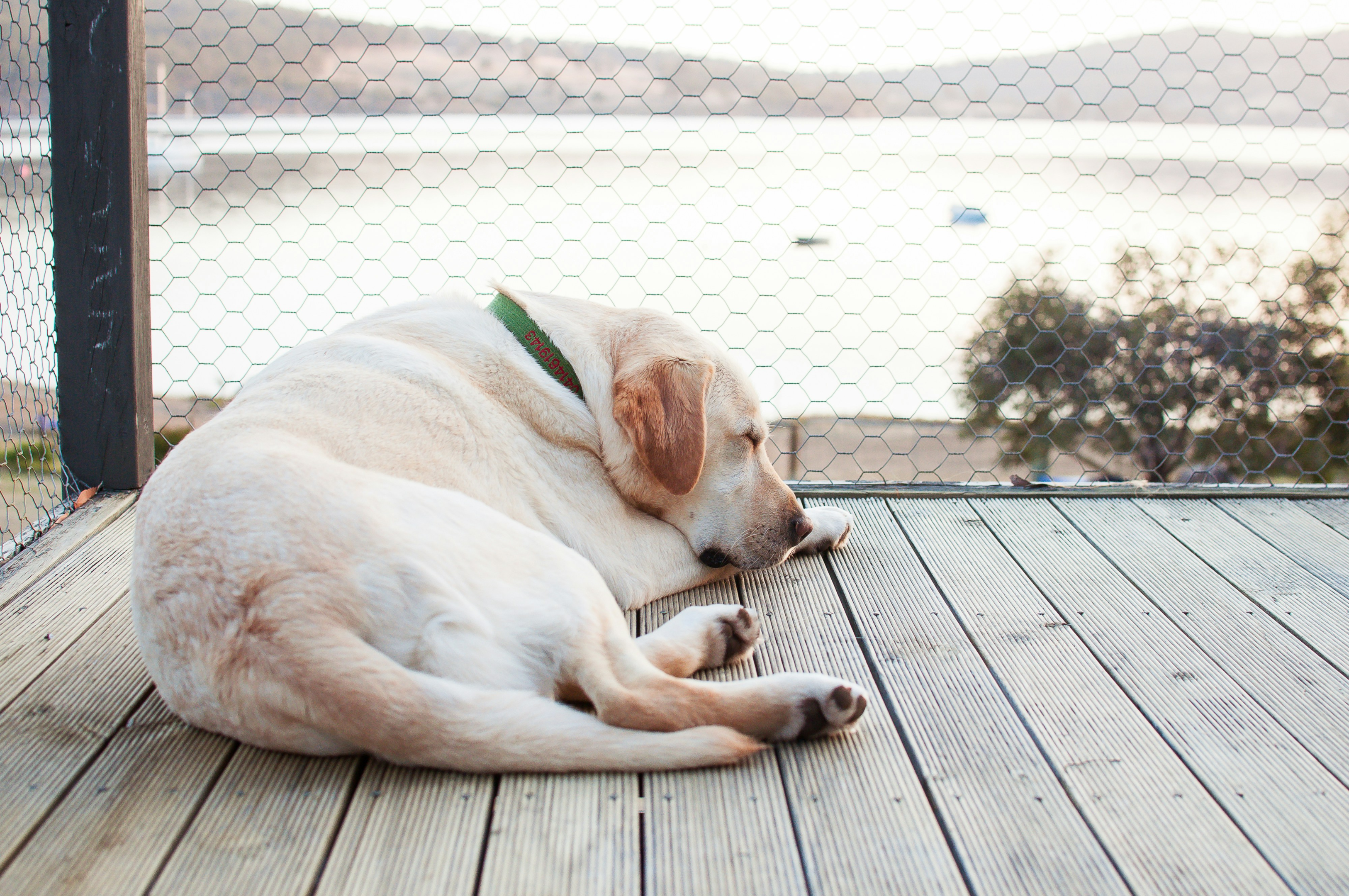
Obesity is not just a human problem; our beloved pets can become a little more roly-poly than is healthy. But pet obesity carries with it some dire health consequences and a potentially shorter lifespan.
So, what’s the best way to combat obesity in dogs? If you’ve noticed the area around your dog’s ribs is little more—padded—and he’s packing a few extra pounds, read on for some practical tips on how to keep your pup fit, healthy, and full of energy.
But first…
Understanding Dog Obesity
Just like humans, dogs become obese when they eat more calories than they burn, and body fat builds up. Most dogs are food-motivated, and they won’t turn up their nose at extra treats or meals. But although lack of portion control definitely contributes to obesity in dogs, there could be several factors at play here.
Canine obesity is most commonly caused by an inappropriate diet. In some cases, there could be an underlying medical issue.
We want our furry friends around as long as possible, right? Let’s dive into these factors a little deeper and discuss five ways to prevent obesity in dogs.
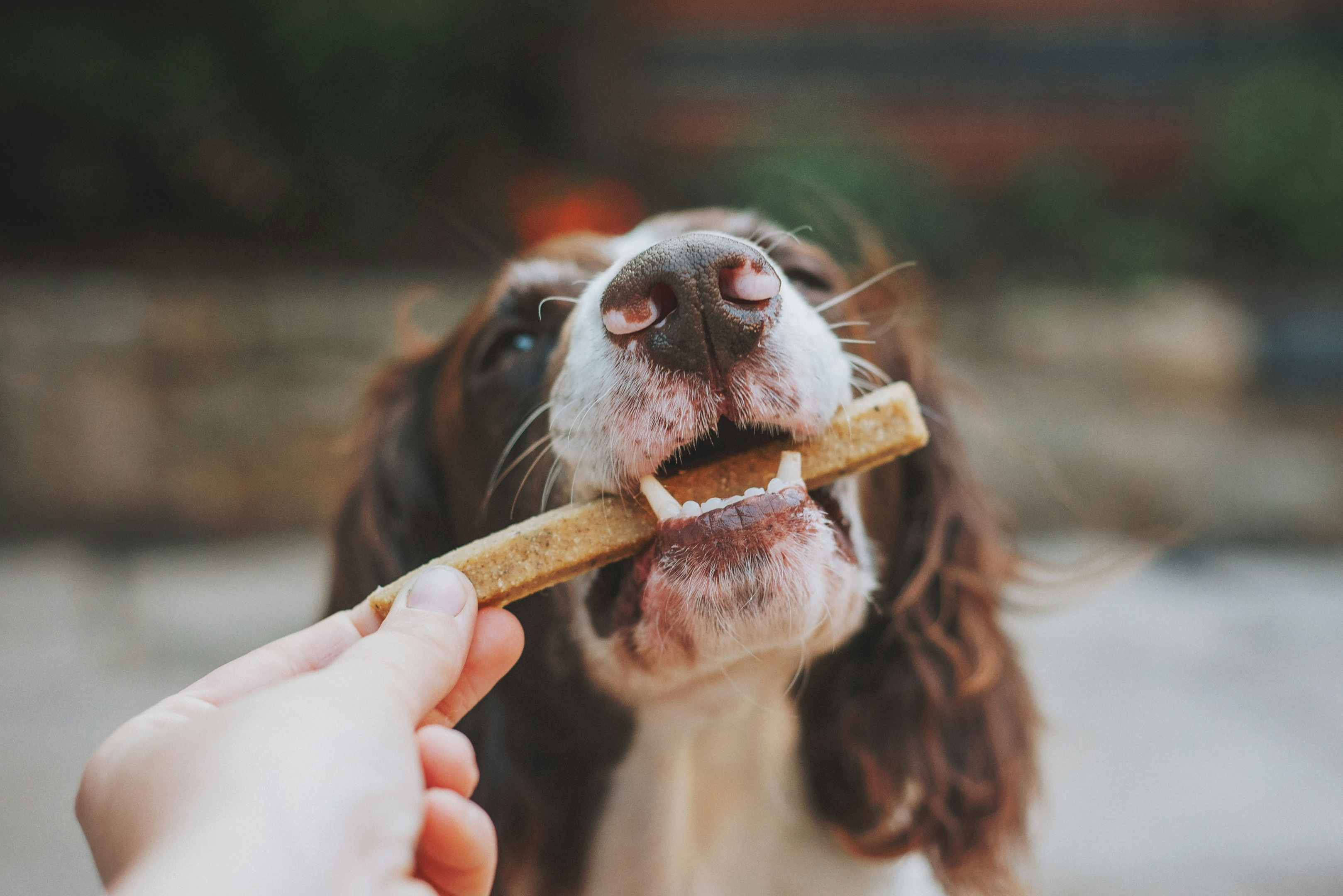
1. Balanced Nutrition
First of all, the idea of “balanced nutrition” depends on aspects such as age, breed, size, and health of your dog, so it’s always best to consult your veterinarian about a well-balanced diet and calorie intake appropriate for individual dogs. But there are a few general factors to consider when it comes to helping your dog find its ideal body weight.
Limit the Treats
Dogs love a delicious treat every now and then (actually, every second of every day, if they had their way), but treats formulated for dogs are often calorie-dense, especially if they’re high in fat or sugar.
The result? Not surprising: too many treats can quickly ramp up your pet’s body weight. It doesn’t matter if your dog looks up at you with those soulful, begging eyes; resist the cuteness and stand your ground. Your dog’s body weight, health, and possibly life span will be better for it.
Feed Them a Quality Diet
Reach for a commercially available diet. The label information can tell you if the diet is “appropriate for all life stages” or suits a more specific need. In general, veterinarians recommend avoiding home-cooked and raw diets.
Tremendous science goes into formulating a safe and effective ration with just the right amounts of micro and macro nutrients. Commercially available diets are also easiest to feed! Kibble or canned formulations make feeding easy and eliminate the risk of over- or under-supplementing one or more nutrients. If in doubt, ask your veterinarian for a recommendation. They know your dog’s physical state best.
In cases where weight loss has been unsuccessful, your veterinarian may recommend a prescription diet.
Beware of Table Scraps
Here’s where those adorable puppy-dog eyes also come into play: when your dog stares at you as you eat your own food. But even lean dogs will quickly become overweight dogs if they’re steadily fed bits and pieces from your plate. Our own diets could use some improvement; our food is often high in fat and carbohydrates, and these extra calories will tip the scales for your pup, sending him swiftly into the range of obese dogs.
It’s tricky if you have young kids who regularly drop food or conveniently avoid eating their least favorite foods by sneaking them to your pet. (Although, chances are, that hated food could be some kind of vegetable.)
But as much as you can control your dog’s access to table scraps, being vigilant about this area will limit the possibility of having an obese dog.
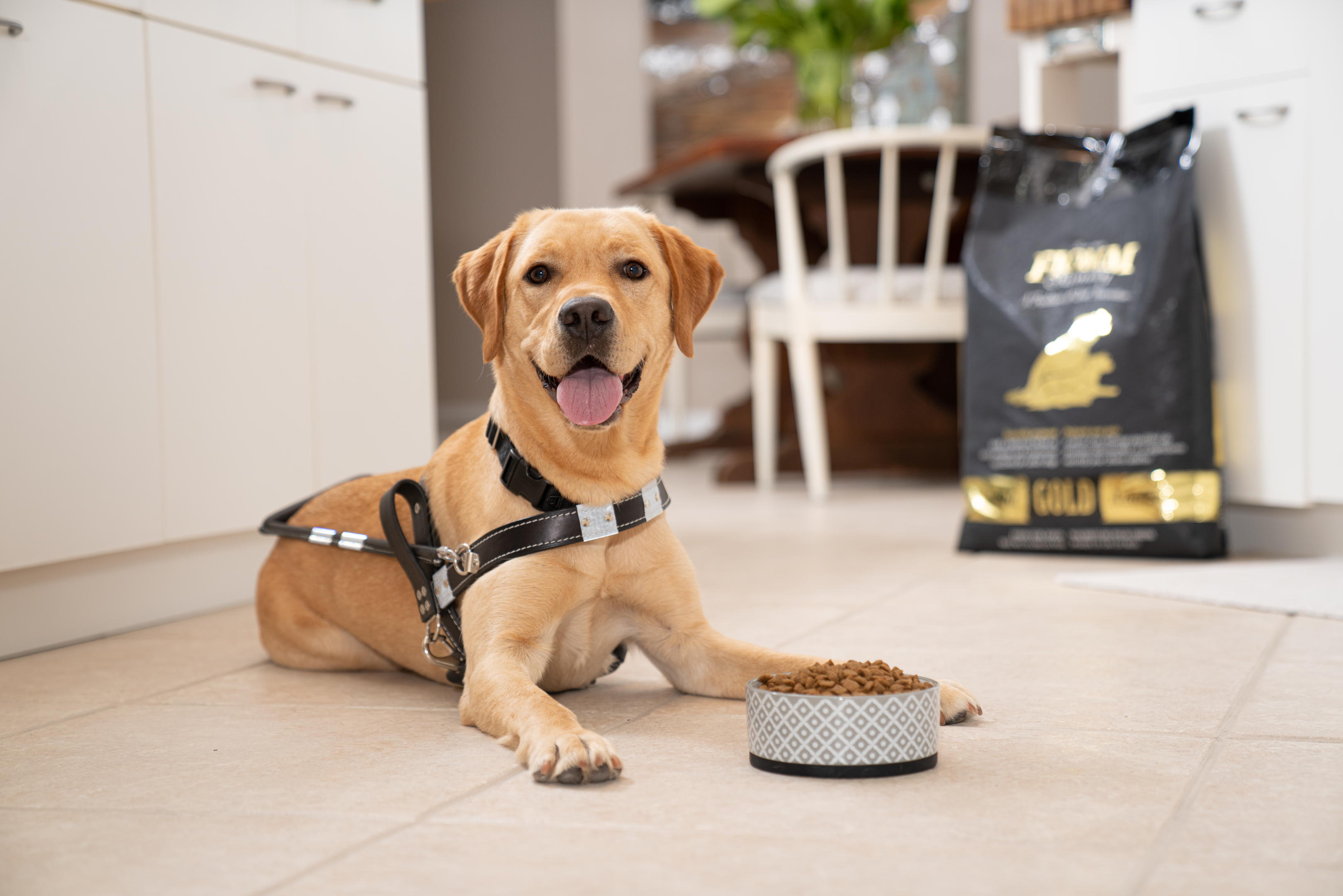
2. Portion Control
Your dog always knows what time dinner is, but do you? Overfeeding is actually a common pitfall among many pet owners and a leading cause of obesity in dogs. Keeping your dogs on a feeding schedule can help everyone get in a routine and have similar expectations.
Also, be sure to communicate with anyone else in the house who might also share the job of feeding the dog. Some pet owners have discovered, long after their dog’s ribs have filled out too much, that their innocent-eyed pet was being fed dinner twice every day because of a lack of communication between the humans.
Besides a feeding schedule, measuring your pup’s food portions more accurately using a designated measuring cup or scale can also help curb dogs’ obesity and help them shed excess weight. Here’s where talking to a vet could help, or you can also use the portion info on the food bag or can to guide you first. Puppies may need more food than adult dogs, for example, since they tend to be more energetic, thus burning more calories. They’re also rapidly growing.
Controlling the volume of food is not the only way to reduce caloric intake. If you are already feeding your dog a very small amount and your dog is still hungry, consider looking for a less calorically dense diet. Diets with fewer calories per cup might be more appropriate, allowing your dog to consume a more satisfying meal without tipping the scales.
Caloric restriction and moderation may not always be fun, but it’s key to maintaining an ideal body weight for your pup and will help him reach any necessary weight loss goals.
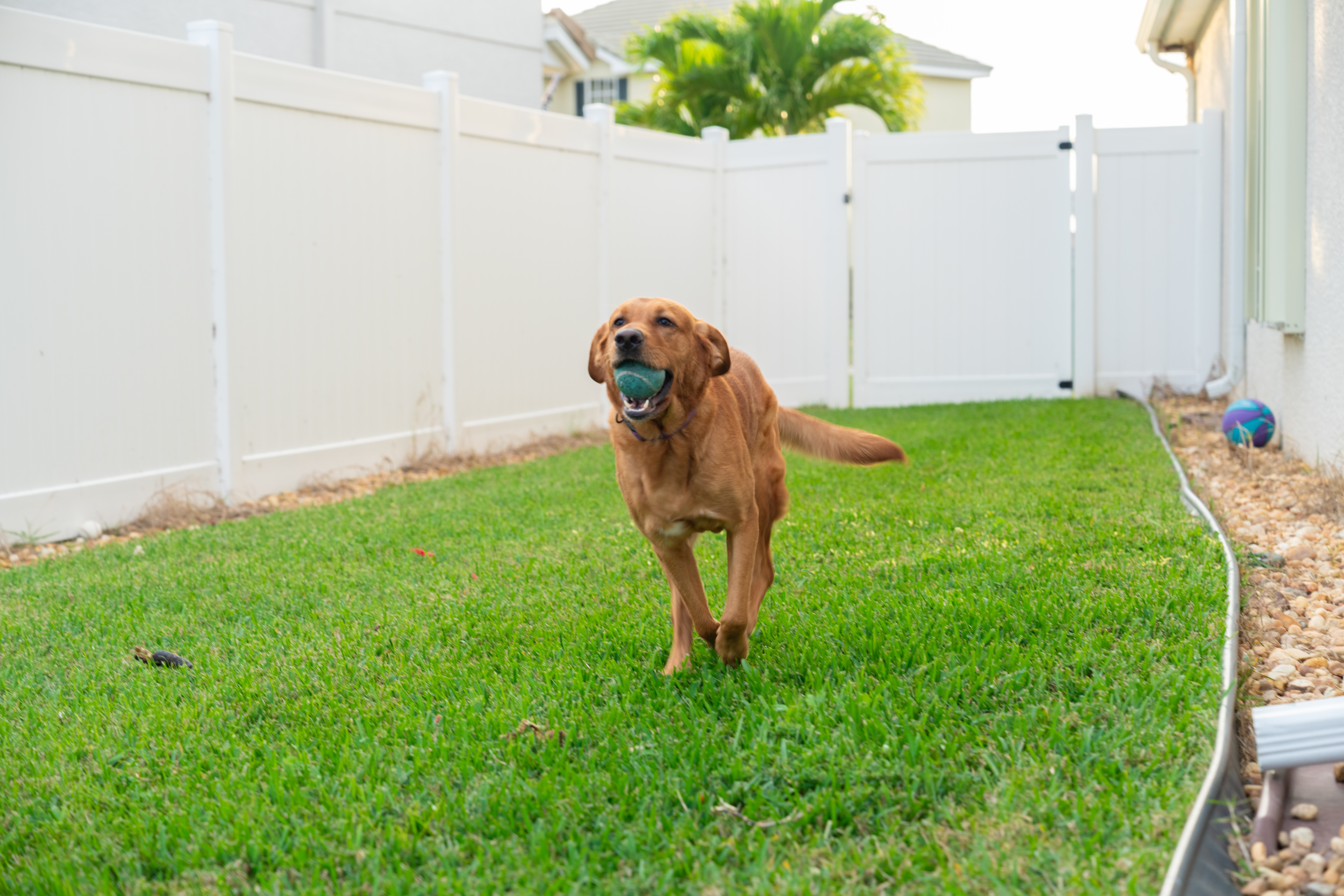
3. Regular Exercise
Just like humans, dogs need regular physical activity to stay healthy. Obesity in dogs can lead to all kinds of health problems, including joint issues, high blood pressure, and increased risk for cardiovascular disease and diabetes. The sad truth is, many diseases can end up as fatal. Get that pup a daily exercise routine (tailored to its breed, age, and fitness level, of course), and not only will your dog’s weight more likely stay in a good range, but he’ll live a healthier and hopefully longer life.
Even lean dogs need to run around, and most dogs can’t resist a game of fetch! Exercise like walking, running, hiking, or swimming will benefit your dog, and you’ll come out of it healthier, too. Aim for at least 30 minutes to an hour of moderate to vigorous exercise each day for your furry friend.
We know life gets busy, but if you take the time to make sure your dog exercises, that pup will repay you with more months or even years of their sweet cuddles and love.
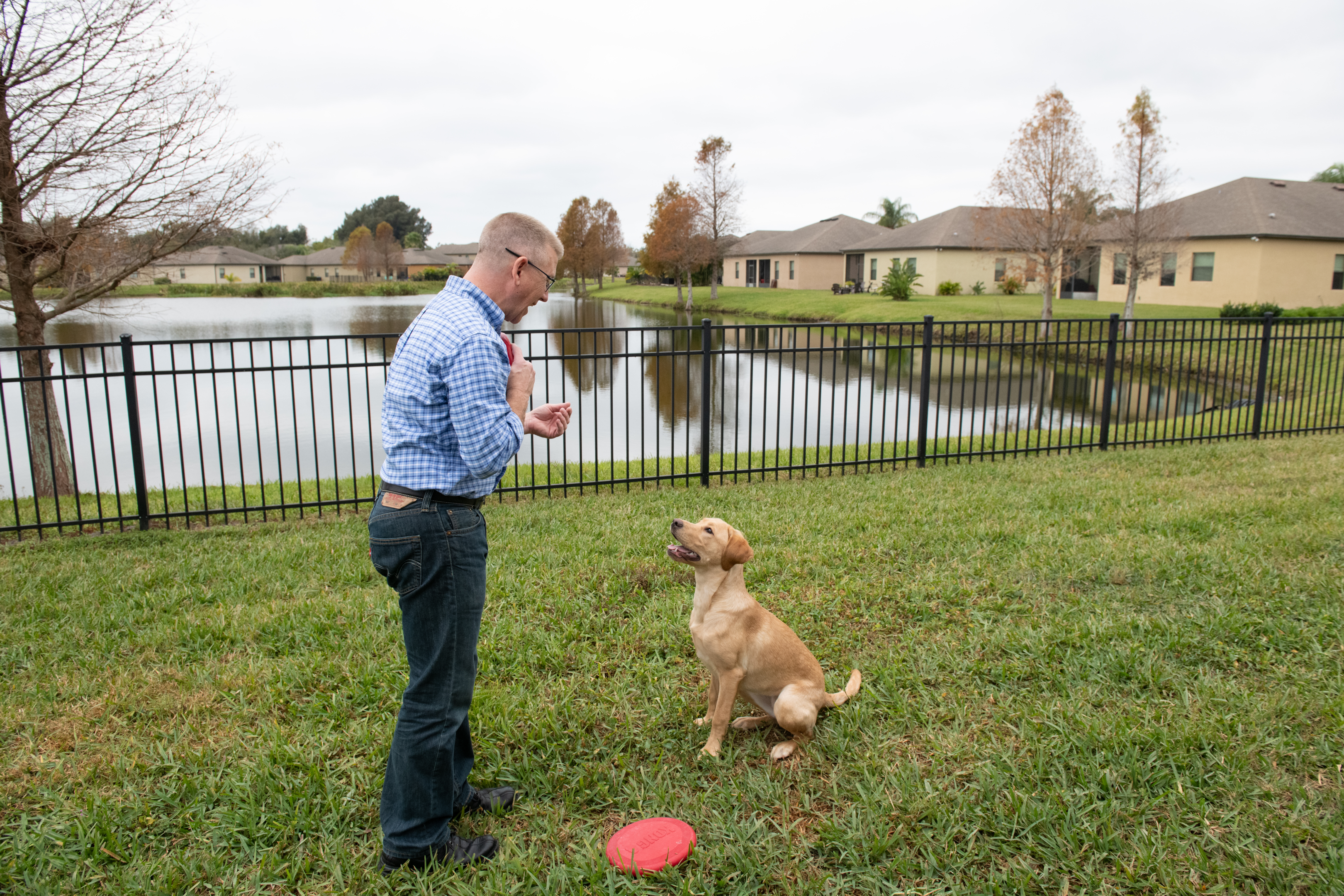
4. Enrichment and Mental Stimulation
Just like humans (are you sensing a theme here?), if dogs are bored, there’s a bigger chance they’ll overeat and become obese. Dogs might not overeat as easily as a person at midnight with a bag of potato chips can, but a lack of mental stimulation can cause a dog to more readily pester pet owners for extra food.
Providing interactive toys, puzzle feeders, and enrichment activities will challenge your dog’s cognitive abilities and keep them mentally engaged, improving their overall sense of well being. If they’re distracted with a toy, they probably won’t automatically head toward their food bowl.
Even teaching them new cues can help overweight pets slim down, and it’s another chance to exercise, too. Engaging in training sessions or learning new tricks not only stimulates their mind but also promotes positive behavior and prevents destructive habits often associated with excess energy.
For some fresh ideas, check out our YouTube playlist of training tips.

5. Regular Veterinary Check-ups
This one’s a no-brainer: routine vet examinations are crucial for your dog’s overall health. Since your vet knows your dog best, he or she will be able to determine when underlying medical conditions are making your dog overweight. Usually, excess calorie intake is to blame. But in some cases, an underlying endocrine (hormone) condition can play a role.
Schedule regular check-ups with your veterinary health care team to assess your dog’s body condition scores, discuss dietary needs, and bring up any concerns regarding your dog’s weight or behavior. Your vet can offer personalized recommendations and guidance based on individual dogs’ needs, ensuring they remain happy and healthy throughout their life.
Once a weight loss plan is outlined, your vet will recommend recheck exams to track body weight and body condition. This ensures weight loss is achieved at an effective and safe rate.
Your Dog’s Weight is Not a Lost Cause
Good news: obese dogs don’t have to be obese forever. Preventing obesity in dogs and helping them find their ideal body condition score and ideal weight requires a holistic approach encompassing balanced nutrition, portion control, regular exercise, mental stimulation, and routine veterinary care.
By taking these proactive measures and making healthy lifestyle choices for your furry friend, you can help them lose weight, maintain a healthy weight, improve their quality of life, and enjoy many happy and active years together. Remember, a healthy dog is a happy dog, and with your love and dedication, you can ensure they live their best life possible.
About Dogs Inc
Want to learn more about our mission—or even tour our campus? Discover how our guide dogs, service dogs, and skilled companion dogs bring hope to those facing significant challenges.
You Might Also Like:
Tips for a Dog-Friendly Halloween
What Can My Dog Eat at Thanksgiving?
Is Rawhide Safe for Your Dog? Do’s and Don’ts and Safety Tips

